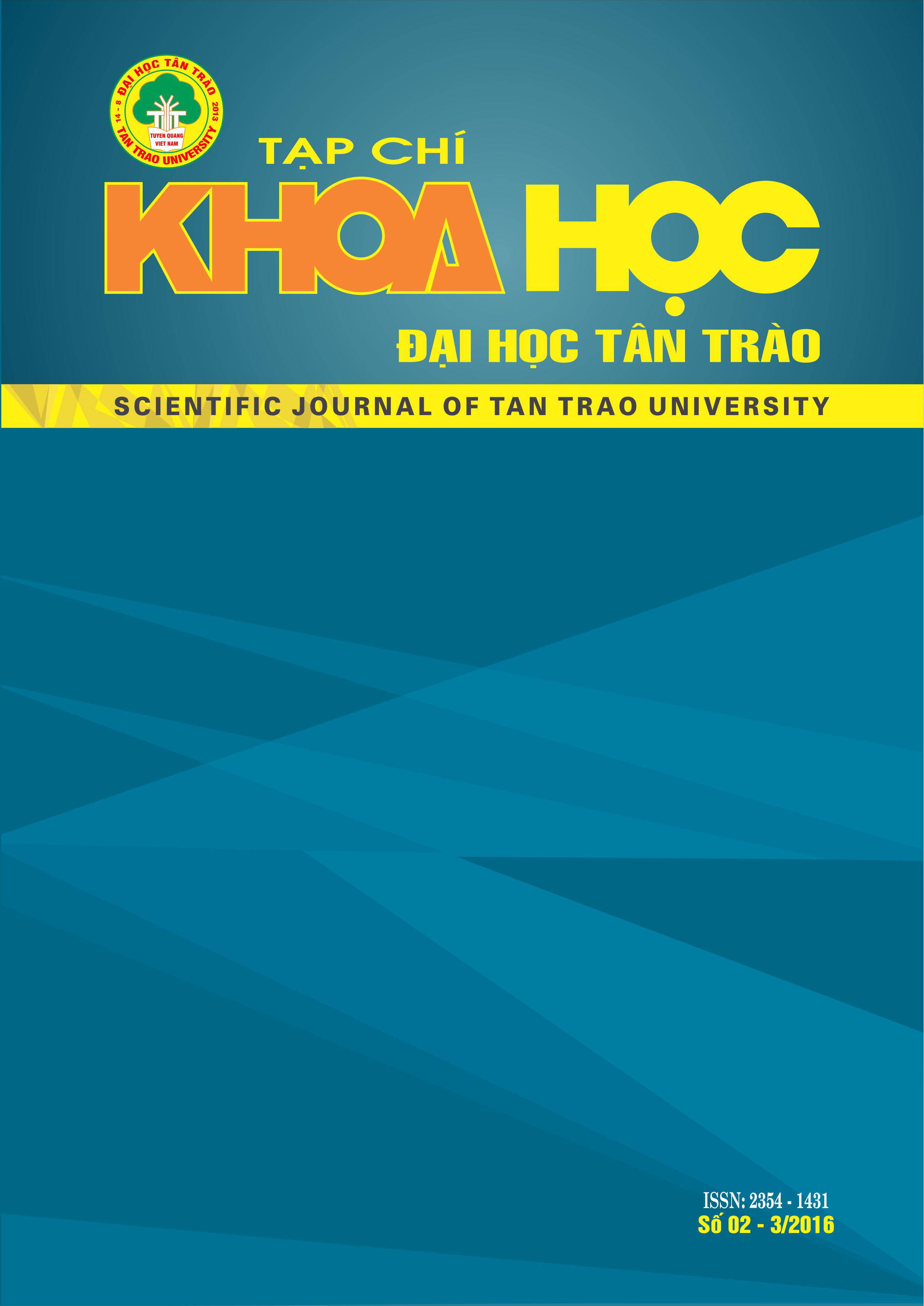Stopping times
DOI:
https://doi.org/10.51453/2354-1431/2016/90Keywords:
stopping time, stopping point, mathematics, martingale theoryAbstract
For mathematics, the theory Martingale has greatly affected research. Martinganle derived
from games. Not too surprising today martingale theory has played an important role in random fields like financial, biological, physical areas. Furthermore, martingale theory has also been applied in many branches of mathematics, such as: Functional analysis, differential equations,
econometrics, and especially recently, have many significant applications in the stock market
An important tool in martingale theory and the application of them is the time to stop. For example, we want to stop a martingale before it becomes big values. However, the stopping should be made so that the object is a martingale stop which is a really important significance.
So how to determine the time to stop? The followings will demonstrate the application of mathematics in practice, especially for random field. We will know more about time stops, characteristics and their properties through the concepts, examples ...
Downloads
References
1. Nguyễn Duy Tiến, Vũ Viết Yên (2003). Lý thuyết xác suất, NXB Giáo dục.
2. Geiss C.,Geiss S., An introduction to probability theory. 2004
3. D.Williams. Probability with martingales. 1991
Downloads
Published
How to Cite
Issue
Section
License

This work is licensed under a Creative Commons Attribution-ShareAlike 4.0 International License.
All articles published in SJTTU are licensed under a Creative Commons Attribution-ShareAlike 4.0 International (CC BY-SA) license. This means anyone is free to copy, transform, or redistribute articles for any lawful purpose in any medium, provided they give appropriate attribution to the original author(s) and SJTTU, link to the license, indicate if changes were made, and redistribute any derivative work under the same license.
Copyright on articles is retained by the respective author(s), without restrictions. A non-exclusive license is granted to SJTTU to publish the article and identify itself as its original publisher, along with the commercial right to include the article in a hardcopy issue for sale to libraries and individuals.
Although the conditions of the CC BY-SA license don't apply to authors (as the copyright holder of your article, you have no restrictions on your rights), by submitting to SJTTU, authors recognize the rights of readers, and must grant any third party the right to use their article to the extent provided by the license.


